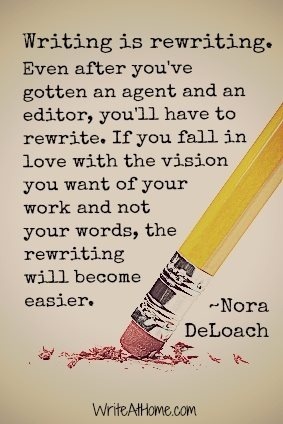
Twenty-five years ago, September 7, 1992, my youngest kid went to first grade. While I was a little sad to see her get on the bus, I was excited that she would be out of the house all day, like her older sister. I’d been working as a freelance journalist for years, mostly working nights for newspapers and whatever magazine or trade journal that didn’t write rubber checks. Suddenly I had a few more kidless hours a day.
The dream I had been harboring for years demanded that I pay attention.
I wrote an oath in my journal: I would focus on writing for children in the hours before the kids woke up and when they were at school. I gave myself five years, until September 1997, to get a children’s book published. If I couldn’t make the goal, I swore I would go to nursing school, which my mom had been bugging me about since forever.

I should have given myself 10 years.
I had no idea what I was setting out to do. I didn’t know how tough it was to get published. I didn’t even know how to get published. And I certainly did not know how to write. But I knew that I wanted to try.
If you’ve ever heard me present at a conference, you’ve heard about my years of failure. The fact that I honestly thought I was supposed to send in a first draft instead of revising. That I wrote the world’s worst 7000-word picture book manuscript. I made every mistake possible and invented a couple of new ones just for fun. Rejections piled up for years.
The point is not that I screwed up. Everyone does that. The point is not that I almost quit many, many times. The point is that I kept trying. I had an audacious dream – to write books that kids might like – and it (mostly) made me happy to pursue that dream. So that’s what I did.
And a funny thing happened. I learned.
I attended SCBWI conferences and found a critique group. I started analyzing what worked and didn’t work in books. I found that revision was even more fun than writing first drafts.
I got better. I worked harder. I dreamed bigger.

I had huge plans for today. I was going to write poetry at dawn, write a letter than I could open on September 7, 2042. Thought about sipping champagne.
Instead, I worked. I’ll be on the road for most of the next 8 months, so today was a Dealing With Travel Email day. I walked to my local indie and picked up a copy of Ibram X. Kendi’s Stamped from the Beginning: The Definitive History of Racist Ideas in America. I treated myself to Tandoori chicken and saag paneer, with blueberries for dessert. I made a cup of chamomile tea, instead of opening champagne.
My first book (a picture book now long out of print) was published in 1996, one year before my deadline. Since then I’ve published 35 books that have collectively sold millions of copies. More importantly, I’ve been blessed with the chance to meet readers, their families, and their teachers and librarians across America and around the world. I’ve worked with incredibly talented people, become friends with my heroes, and had the chance to give voice to the causes that I care about.
I am a very lucky and grateful girl.
I decided that the best way to celebrate the last 25 years was to do the work that got me here – some creative writing, some book tour preparation, too many email, and a nice walk to the bookstore.
Tomorrow morning I shall write a paragraph or two in my journal with a couple of goals for the next twenty-five years.
Who knows what adventures they’ll bring?













